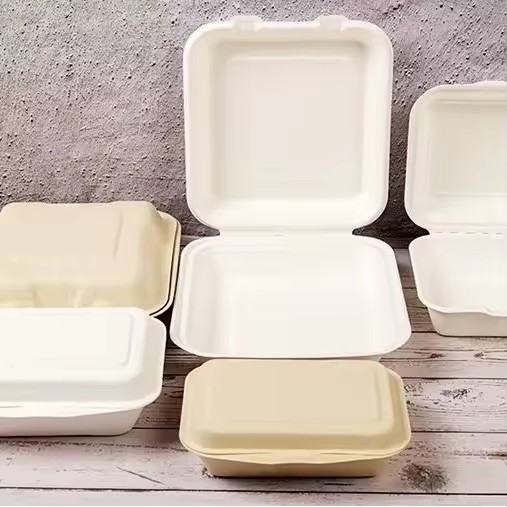What Is the Difference Between Full Degradation and Semi-Degradation?
With the popularization of environmental protection concepts and the global ban on plastics, many degradable disposable products have appeared on the market, but do you know that degradation can be divided into two categories: full biodegradation and semi-biodegradation?


First, let's understand what "biodegradation" is! It refers to a kind of non-polluting degradation process that has excellent performance, can be completely decomposed by environmental microorganisms after being discarded, and finally inorganicized to become a carbon cycle in nature.
1. What is full biodegradation?
Full biological materials are mainly made of natural polymers (such as starch, cellulose, chitin) or agricultural and sideline products through microbial fermentation or synthesis of biodegradable polymers. Under natural conditions, affected by factors such as temperature, water, light and oxygen, they can be completely decomposed by microorganisms without residue, which has a positive effect on environmental protection.
2. What is semi-biodegradation?
Semi-biodegradable materials currently mainly include starch-modified (or filled) polyethylene PE, polypropylene PP, polyvinyl chloride PVC, polystyrene PS, etc. Although they can also be degraded under natural conditions, they can only be partially degraded. If they are buried or incinerated, they will still cause harm to the environment and will indirectly aggravate the greenhouse effect.
Both semi-biodegradable and fully biodegradable are new environmentally friendly materials with better degradation performance and application prospects. Semi-biodegradable can only be partially degraded, while fully biodegradable can be completely degraded. The two are different in their application areas, and fully biodegradable is more important for ecological environmental protection. In the future, plastic-free or fully biodegradable will definitely become the future trend, and it is necessary to have a corresponding understanding of the main components of these degradable materials.
In summary, the difference between full degradation and semi-degradation lies in the extent to which a material is broken down and the nature of the end products. Full degradation results in the complete decomposition of the material into harmless substances, making it an ideal goal for sustainable material design. Semi-degradation, while it can reduce the size of waste, often leaves behind residues that can persist in the environment and cause long-term harm.






